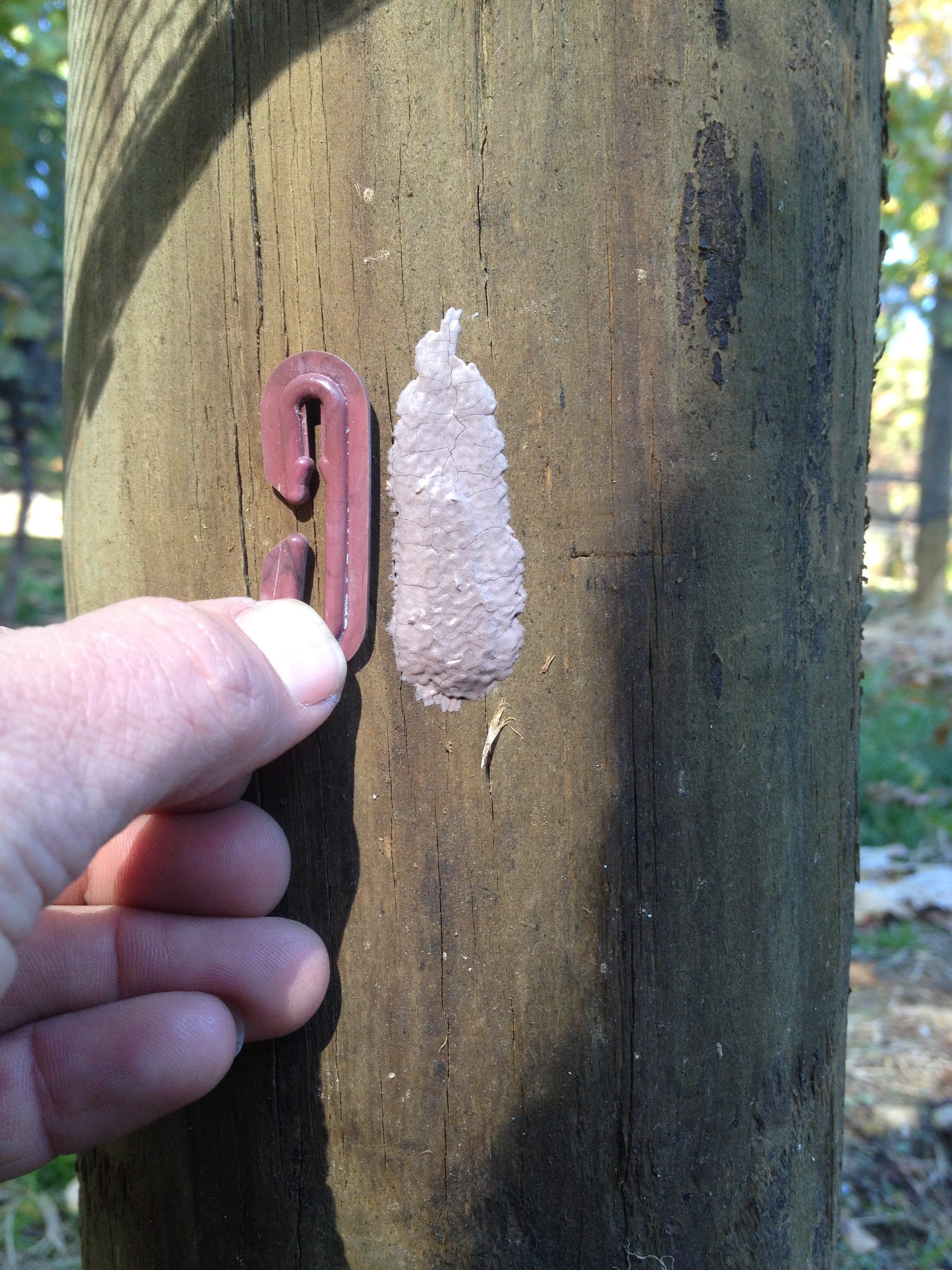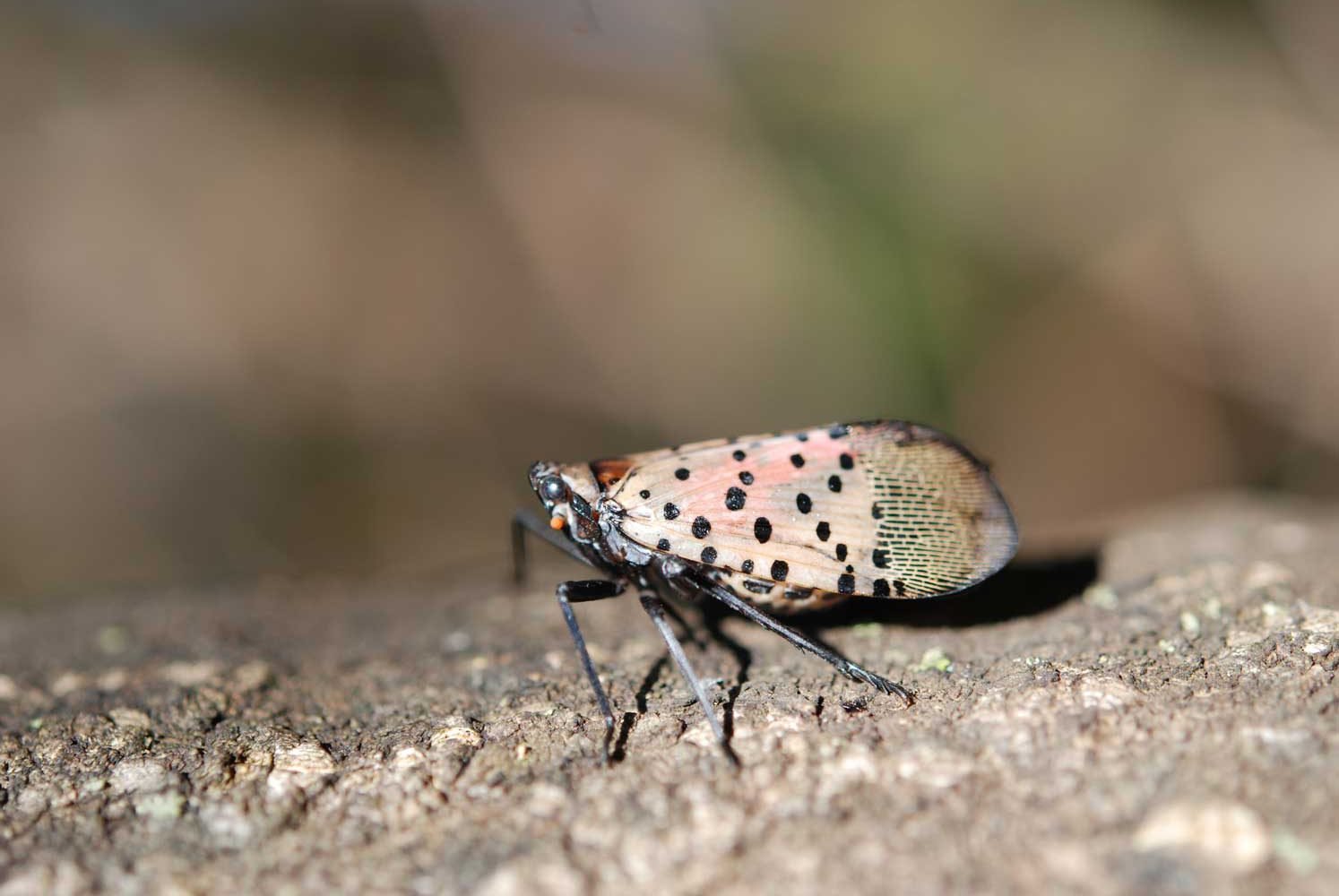December 2021 OISC Meeting Recap
/In case you missed it, here is a recap of the most recent Oregon Invasive Species Council (OISC) meeting held on December 8, 2021. We had 28 attendees representing 24 organizations in total. Representation included 5 Federal Agencies, 6 State Agencies, 2 Educational Institutions, NGOs, advocacy groups, and individuals.
Highlights from the December meeting include:
2 outgoing OISC members were recognized: Dave Pranger (Morrow County) and Jas. Adams (Public Member). The Council appreciates and values their expertise, input, and knowledge over the years.
The Council approved the nomination of Troy Abercrombie (Western Invasives Network) as Chair and Christine Moffitt (Friends of South Slough Reserve) as Vice Chair for the upcoming year.
Rick Boatner (2021 OISC Chair, Oregon Department of Fish & Wildlife) gave an update on the 2021-2023 OISC budget, including the status of multiple federal grants. The Budget/Funding Committee will be working with the Oregon Department of Agriculture (ODA) to figure out discrepancies in budget summaries.
Rebecca McCoun (North Santiam Watershed Council) gave a presentation on Post-Fire Recovery in the North Santiam Watershed. View the presentation here.
Chris Benemann (Oregon Department of Agriculture) gave an update on new, upcoming quarantine rules. This includes making the 180-day emergency rule that was put in place following the interception of of zebra mussels on “moss balls” permanent. The permanent rule would require pre-notification of import into Oregon of these moss balls/marimo. ODA is also looking to implement a new quarantine for spotted lanternfly, which is already spreading rapidly on the east coast. The quarantine would be split into commerce (e.g. nursery stock) and non-commerce (e.g. people moving here from infested areas).
Catherine de Rivera (Portland State University) gave an update on the Memorandum of Understanding with ODA. Next steps include the Legislative Committee working with ODA to pursue insurance coverage for the OISC.
Karen Ripley (USDA Forest Service) gave an update on behalf of the Communications Committee. The 2020 Annual Report was finalized and is available here.
Thank you to everyone that was able to join us for the meeting! The next meeting will be held virtually on January 11, 2022. Information about upcoming OISC meetings will be posted on the OISC Meetings Page as details are confirmed.




